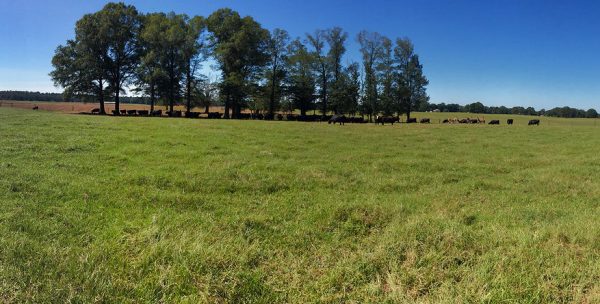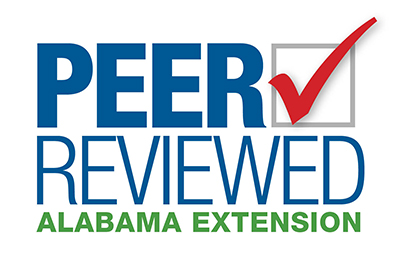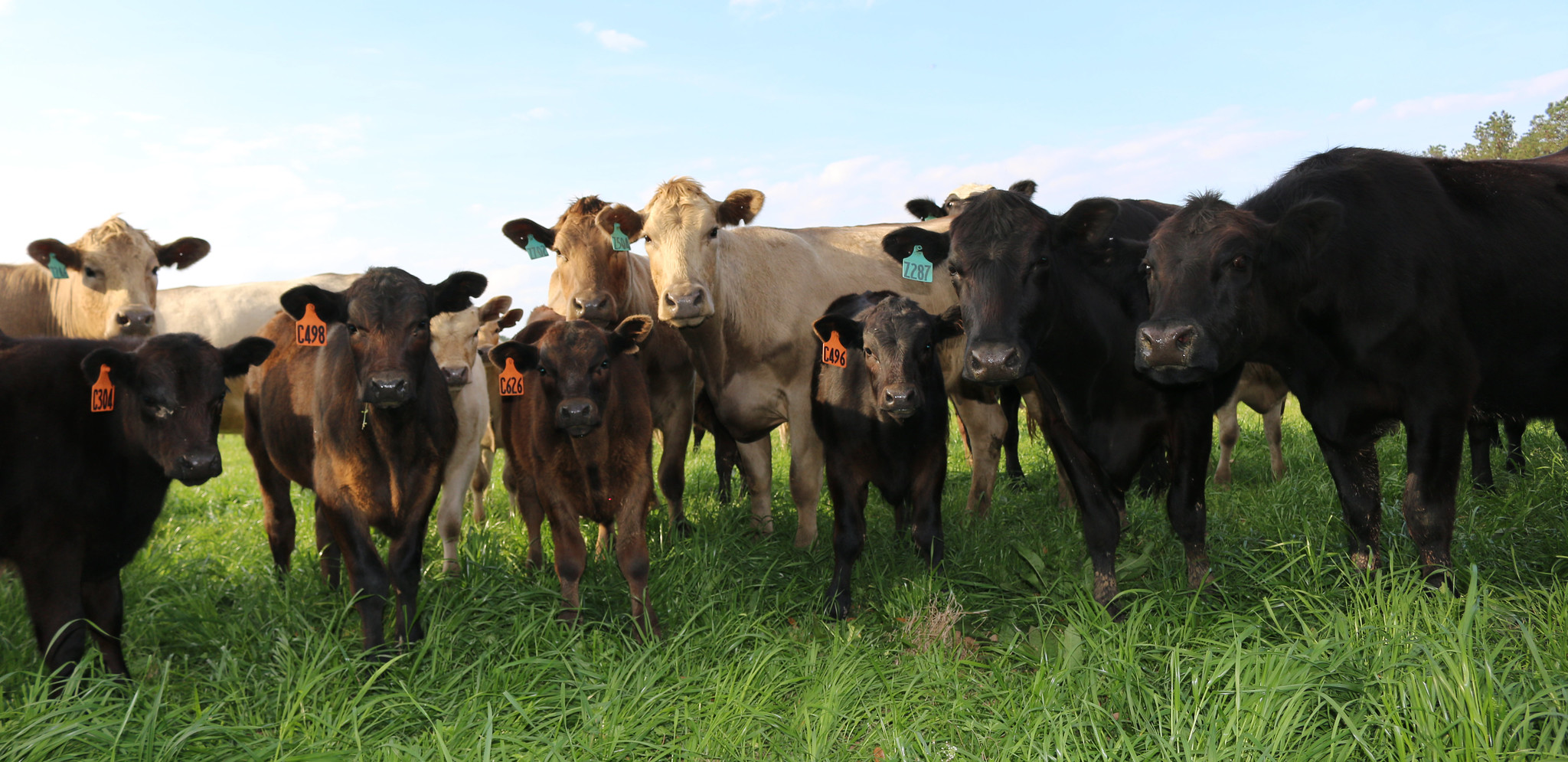Farming

Plan the optimal livestock forage strategy for your operation with the help of this guide to forage selection, establishment, and management.
Designing the most feasible and sustainable grazing management strategy depends on the livestock to be grazed, the desired production, and the farm resources available. To define a proper grazing plan, consider the management requirements of the forage species, animal class, production goals, and workload required for managing the pastures. Defoliation frequency and intensity directly impact forage yield and quality. This reflects in animal performance, nutrient distribution, and stand longevity.
The information in this quick-reference guide will help you with forage species selection, establishment, and management strategies to meet your production goals.
Forage Selection and Establishment
Producers may decide to renovate an existing stand or establish another species; either option represents additional costs for the enterprise. Choice of forage species should be based on site and climate conditions as well as production goals.
Before establishing a new forage species, you need to understand what is required to ensure success in establishment and production. This guide will focus on common annual and perennial forage species planted in Alabama (tables 1 to 3). For more information on native forage species, refer to the Extension publication “Establishing Native Grass Forages in the Southeast” or contact a regional Extension agent.
Table 1. Characteristics of Annual and Perennial Forage Legumes and Forbs
E = excellent; G = good; F = fair; P = poor
+Red clover is biennial in most of Alabama, except in the southern region of the state (annual).
*Annual lespedeza (Kummerowia striata), sericea lespedeza (Lespedeza cuneata)
Adapted from Southern Forages: Modern Concepts for Forage Crop Management, 5th edition, Don Ball.
| Forage Species | Forage Use – Pasture | Forage Use – Hay | Forage Use – Silage | Grazing Management – Continuous | Grazing Management – Rotational | Tolerance to Soil Acidity | Tolerance to Poor Drainage | Tolerance to Drought |
|---|---|---|---|---|---|---|---|---|
| Annual species | ||||||||
| Annual lespedeza* | G | F | P | F | G | F | P | G |
| Arrowleaf clover | G | F | P | G | G | G | P | G |
| Berseem clover | G | G | P | F | G | P | G | G |
| Chicory | G | P | P | G | G | G | P | E |
| Crimson clover | E | E | P | G | E | F | P | G |
| Hairy vetch | G | F | P | G | G | G | P | F |
| Turnip rape | G | P | P | F | G | G | P | G |
| Perennial species | ||||||||
| Alfalfa | E | E | E | P | E | P | P | G |
| Perennial peanut | G | G | P | F | G | F | P | G |
| Sericea lespedeza* | G | G | P | G | G | E | G | G |
| Red clover+ | E | G | G | P | G | F | F | F |
| White clover | E | F | G | E | E | F | G | P |
Table 2. Characteristics of Annual and Perennial Forage Grasses
E = excellent; G = good; F = fair; P = poor
Adapted from Southern Forages: Modern Concepts for Forage Crop Management, 5th edition, Don Ball.
| Forage Species | Forage Use – Pasture | Forage Use – Hay | Forage Use – Silage | Grazing Management – Continuous | Grazing Management – Rotational | Tolerance to Soil Acidity | Tolerance to Poor Drainage | Tolerance to Drought |
|---|---|---|---|---|---|---|---|---|
| Annual species | ||||||||
| Annual ryegrass | E | F | G | G | G | F | G | P |
| Crabgrass | G | G | F | F | G | G | G | G |
| Pearl millet | G | P | G | F | G | G | F | G |
| Sorghum | F | P | G | F | G | P | G | G |
| Sorghum/sudan hybrids | G | P | G | F | G | F | P | E |
| Small grains | G | G | F | G | G | G | F | G |
| Perennial species | ||||||||
| Bahiagrass | E | G | P | G | G | G | G | G |
| Bermudagrass | E | E | P | G | E | G | G | E |
| Dallisgrass | G | F | P | F | G | G | G | G |
| Tallfescue | E | G | G | G | G | E | G | G |
Table 3. Legume and Grass Compatibility
Adapted from Southern Forages: Modern Concepts for Forage Crop Management, 5th edition, Don Ball.
| Forage Legume | Bahiagrass or Bermudagrass | Dallisgrass | Tall Fescue | Small Grains or Annual Ryegrass |
|---|---|---|---|---|
| Alfalfa | X | X | ||
| Annual lespedeza | X | |||
| Arrowleaf clover | X | X | ||
| Ball clover | X | X | X | |
| Berseem clover | X | X | X | |
| Crimson clover | X | X | ||
| Red clover | X | X | X | X |
| White clover | X | X | X | |
| Perennial peanut | X | X | ||
| Sericea lespedeza | X |
Soil Fertility Management
Conduct periodic soil testing to replenish nutrients as needed for plant growth and stand persistence. Soil pH must be addressed as it plays a crucial role in nutrient availability. Achieving and maintaining pH in the proper range is necessary to make sure the nutrients present in the soil are available to the plant.
Nutrient replenishment should be applied based on soil testing results. Each stand will have different nutrient requirements depending on management, location, and nutrient removal level. Under hay production systems, there is significant nutrient removal, so annual testing is recommended. Grazing animals return the majority of nutrients to the pasture through feces and urine (excreta) deposition; therefore, soil testing every other year is adequate.
Practices such as rotational grazing, unrolling hay for feeding, and bale grazing can help with more uniform nutrient distribution from the excreta. This may contribute to increased forage yield and quality. Table 4 provides a general description of the effects of nutrient sources on soil pH.
Table 4. Nutrient Source Composition and Effect on Soil pH
*Arrow direction indicates effect of nutrient on soil pH
Adapted from Soil and Fertilizer Management Considerations for Forage Systems in Georgia, University of Georgia Extension.
| Nutrient Source | N (%) | P2 O5(%) | K2O (%) | S (%) | Ca (%) | Mg (%) | Effect on Soil pH* |
|---|---|---|---|---|---|---|---|
| Ammonium nitrate | 34 | – | – | – | – | – | ↓↓ |
| Ammonium sulfate | 21 | – | – | 24 | – | – | ↓↓↓↓ |
| UAN solution | 28–32 | – | – | – | – | – | ↓↓ |
| Urea | 46 | – | – | – | – | – | ↓↓ |
| Urea (sulfur-coated) | 38 | – | – | 16 | – | – | ↓↓↓ |
| Diammonium phosphate (DAP) | 18 | 46 | – | – | – | – | ↓↓↓ |
| Monoammonium phosphate (MAP) | 11 | 48 | – | – | 1 | – | ↓↓↓↓ |
| Triple superphosphate | – | 46 | – | 2 | 14 | – | None |
| Muriate of potash | – | – | 60 | – | – | – | None |
| Poultry litter (broiler) | 3 | 3 | 2 | 1 | 2 | – | ↑ |
| Sulfate of potash magnesia | – | – | 21 | 23 | – | 11 | None |
| Calcitic limestone | – | – | – | – | 36 | – | ↑↑↑↑↑ |
| Dolomitic limestone | – | – | – | – | 24–30 | 6–12 | ↑↑↑↑↑ |
| Gypsum | – | – | – | 18 | 22 | – | None |
Grazing Management
Defoliation is affected by grazing pressure, frequency, duration, and rest period interval. Plants store energy for regrowth in the bottom 2 to 3 inches of leaf material and root systems. If this is depleted through overgrazing, regrowth will be slowed. Repeated close grazing will reduce forage yield and even lead to stand thinning. A good rule to follow is “take half, leave half” of the forage available. Severe defoliation late in the season can be even more harmful due to reduced energy storage capacity. Table 5 provides guidelines to follow for main species under rotational grazing management.
Weed Management
Weed management is essential in order to avoid competition with desirable forages for resources that directly affect yield, quality, and stand persistence. Proactive, integrated management approaches that combine multiple weed-control methods are always recommended.
Maintaining healthy, well-established forage stands and practicing proper grazing management are just two initial steps that will promote a system that is less susceptible to weed invasion. If weed pressure does occur, control options are often specific to the species being grown.
Mowing weeds before they are mature and making timely fertilizer applications for the benefit of the forage can reduce weed competition. Another common practice to reduce weed growth is chemical control; however, you must carefully read and follow all label recommendations before use, especially regarding residual for grazing and harvest restrictions.
In established forage stands, most all forage-labeled products will contain specific time requirements (often in days) following application before animals may safely graze or before hay can be safely harvested. This often ensures that herbicides remain on plants for adequate weed control or that herbicides have dissipated to levels below what may be a threat to other areas where hay or animals may be moved.
GrazonNext HL is one example of a product that requires application at least 7 days prior to hay harvest and also contains restrictions on using that hay within 18 months following application. This is because it contains aminopyralid and other similar products with long residuals that may cause unwanted damage to sensitive crops, primarily legumes, once the treated forage decomposes.

Similarly, soil-active herbicides also contain restrictions for planting back certain forage species following application. Broadleaf or legume crops are especially sensitive to auxin herbicides (2,4-D, dicamba, aminopyralid, picloram) and may require a soil bioassay to ensure no unwanted injury will occur. A bioassay is simply testing a small treated area for possible injury symptoms before the desired crop is planted on the entire field. For more information on this topic, reference the Forages IPM Guide at www.aces.edu.
Download a PDF of Pasture and Grazing Management Guide, ANR-2731.


